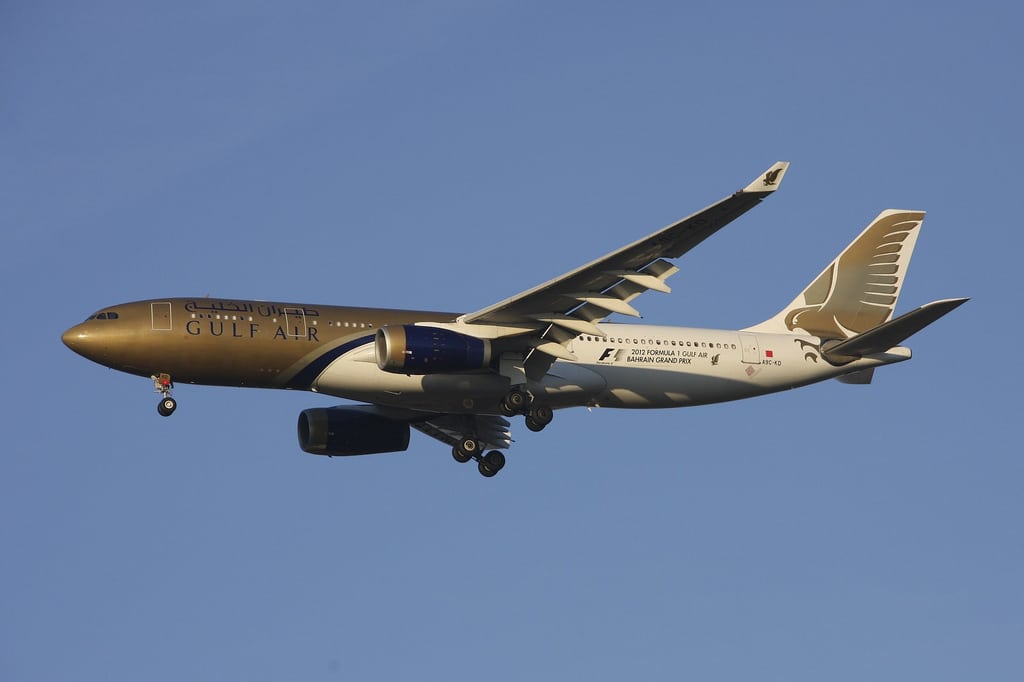Gulf Air makes cuts in attempt to survive assault from regional Gulf rivals

Skift Take
Gulf Air, once the Middle East’s biggest carrier, will cut planes and jobs after quitting eight routes to focus on providing regional flights in the face of competition from Emirates, Etihad Airways and Qatar Airways Ltd.
The revamp will seek a 24 percent cost saving by the end of 2013 as the Bahrain carrier stops targeting transfer traffic, a market dominated by the big three Persian Gulf airlines, to concentrate on local point-to-point services, it said today.
“All cost elements of the business will be rationalized,” Gulf Air said in a statement, adding that the size of the workforce “will be aligned to meet the operational, maintenance and administrative needs of the revised fleet and network.”
Gulf Air has been working on plans to secure its long-term viability after the government told the unprofitable state-owned carrier to shrink its operations or face shutdown. Chief Executive Officer Samer Majali resigned in November after the appointment of a new board, and the company reduced its order for Boeing Co. 787 long-range aircraft and switched a contract for Airbus SAS A330 wide-bodies to smaller A320-series models.
Gulf Air’s reduced network will serve selected markets in Europe, East Asia and India, as well as the Middle East, the carrier said. Sales per available seat kilometer should grow 9 percent this year through improved revenue management and frequency adjustments, as well as the route cuts, it said.
The revamp’s aim is “minimizing losses,” and the Manama- based carrier, founded in 1950, is still regarded as a key national infrastructure asset, Sheikh Khalid bin Abdalla Al Khalifa, Bahrain’s deputy prime minister, said in the statement.
The order revision announced Nov. 12 will pare Gulf Air’s long-term financial liability of about $5 billion by more than half, it said at the time. The carrier currently serves 42 cities in 29 countries with a fleet of 38 aircraft.
Editors: Chris Jasper, Simon Thiel. To contact the reporters on this story: Wael Mahdi in Manama at wmahdi@bloomberg.net; Robert Wall in London at rwall6@bloomberg.net. To contact the editors responsible for this story: Benedikt Kammel at bkammel@bloomberg.net. ![]()




